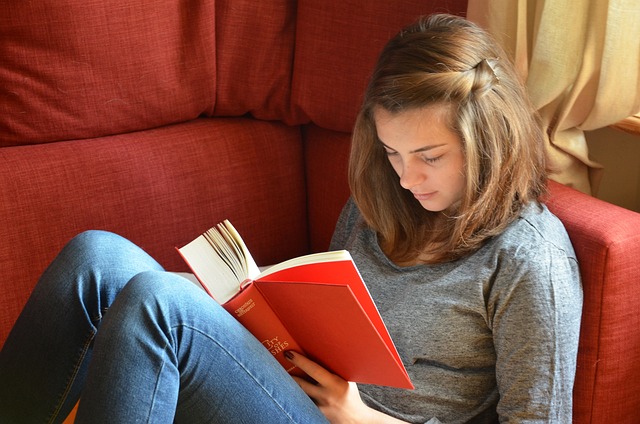
For generations, the brick-and-mortar classroom has been synonymous with education. But in today’s rapidly evolving world, a growing number of parents and educators are questioning whether this one-size-fits-all approach truly serves the diverse needs of all learners. As a result, the landscape of education is undergoing a fascinating transformation, with exciting alternatives to school emerging to provide more personalized and engaging learning experiences.
Beyond Textbook Learning
Traditional schooling often prioritizes standardized testing and rote memorization, leaving little room for individual exploration and the development of critical thinking skills. Alternative schools, on the other hand, often embrace project-based learning, encouraging students to delve deeper into their interests and connect classroom concepts to real-world applications.
Unschooling, for example, takes this a step further by completely removing the structure of a traditional curriculum. Instead, children learn through their natural curiosity and interests, pursuing their passions at their own pace and under the guidance of parents or mentors. Think of it as education tailored to the individual, not a group.
Homeschooling offers another flexible alternative, allowing families to tailor their child’s education to their specific needs and learning styles. This can be particularly beneficial for children who thrive in smaller learning environments or those who excel in specific areas but struggle with others. Imagine a classroom shrunk down to your living room, with the teacher being the one you know and love most – you!
The Power of Choice
The growing popularity of charter schools (in the USA) and magnet programs (worldwide) within the public school system demonstrates a desire for more diverse educational options. These schools operate with greater autonomy, allowing them to experiment with innovative teaching methods and create specialized learning environments that cater to specific interests, such as STEM (science, technology, engineering, and mathematics) or the arts. Think of it as a buffet of educational options, all within the public school system.
Technology’s Embrace
The digital age has opened up a world of possibilities for online learning. Platforms like Khan Academy and Coursera offer a vast library of educational resources and interactive courses, allowing students to learn at their own pace and access content from anywhere in the world. Imagine a classroom that exists on your laptop, open 24/7, waiting for you to explore!
Beyond Bricks and Mortar
The concept of school itself is being redefined. Waldorf schools, for example, focus on holistic development through artistic expression, while Montessori schools emphasize hands-on learning and individualized instruction. These alternative approaches recognize that education extends beyond the confines of a classroom and encompasses the child’s social, emotional, and physical well-being. Think of it as education that nourishes the whole child, not just their mind.
Finding the Right Fit
Choosing the right educational path for your child is a personal decision that should be based on their individual needs, learning style, and interests. There is no single “best” option, and the most important factor is to find an environment that fosters their curiosity, creativity, and love of learning. Remember, it’s not about finding the perfect school, but finding the perfect fit for your child.
With so many alternatives to school available, it’s an exciting time to explore the possibilities and empower our children to become lifelong learners who are prepared to thrive in a dynamic and ever-changing world. So, step outside the traditional classroom and discover the educational landscape that awaits!




